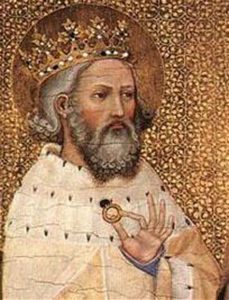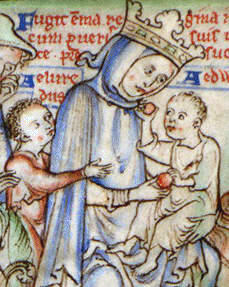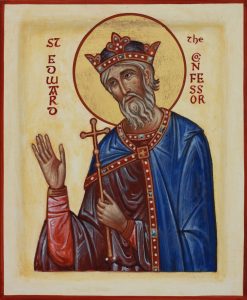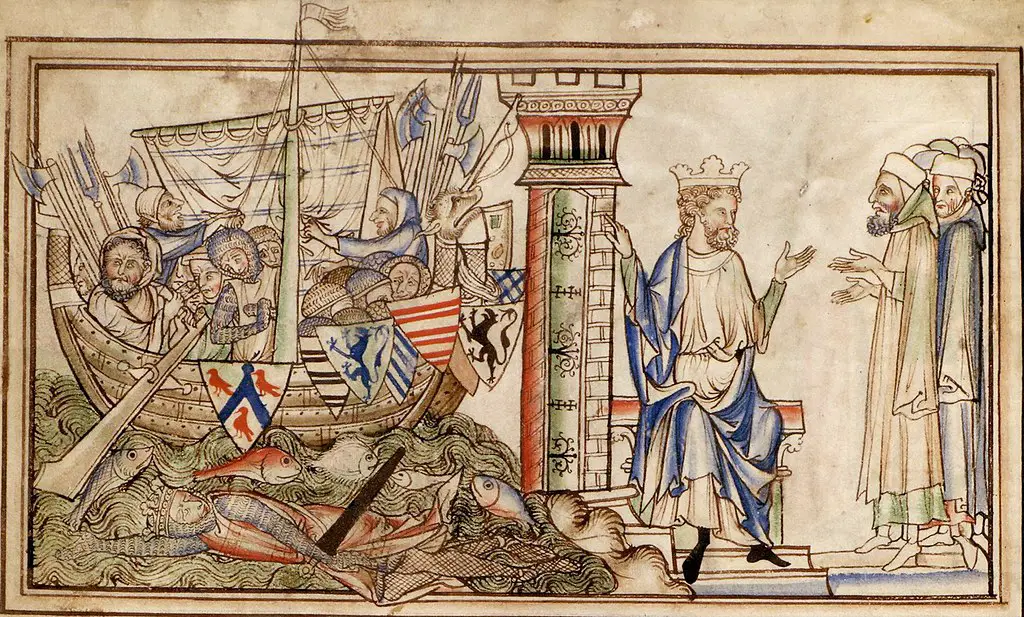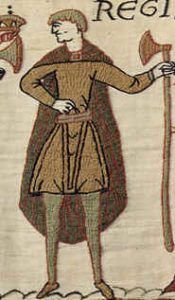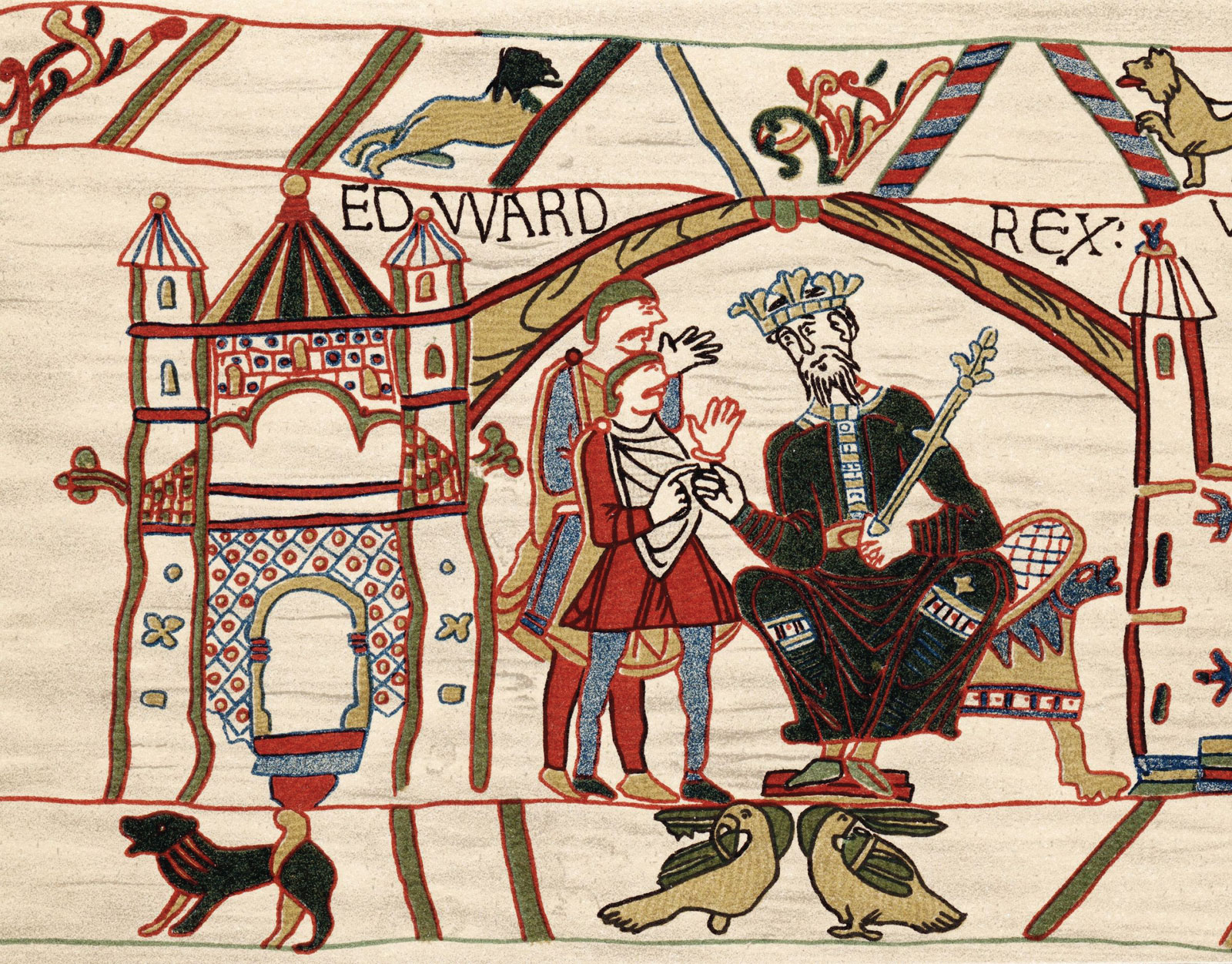Who Was Edward the Confessor?
Edward the Confessor was king of England from 1042 to 1066. Edward’s death was to transform Medieval England and led to the reign of the Norman William the Conqueror with all that his rule meant to Medieval England – castles, the Domesday Book and feudalism.
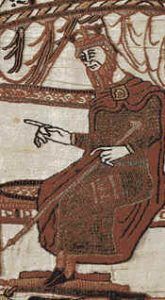
Edward the Confessor as |
Edward the Confessor’s Early Life
Edward the Confessor was born in about 1003. Edward’s father was Ethelred the Unready and his mother was Emma of Normandy. Edward spent the first part of his life in Normandy. He grew up with deep religious views and gained the nickname “Confessor”. However, away from his family and in a strange land, it is said that Edward’s childhood was not a happy one.
Edward the Confessor’s Reign
In 1040, Edward was re-called to England by his half-brother Hardicanute who had succeeded Ethelred in the same year. Hardicanute died after a drinking party in 1042 and Edward became king of England.
According to those who compiled the Anglo-Saxon Chronicle, the first thing Edward did, despite his religious views, was to deprive his mother of all of her estates and reduce her to relative poverty. It is said that Edward blamed her for his miserable and lonely childhood.
Edward married in 1045. His wife, Edith, was the daughter of Godwin of Wessex, the most important nobleman in England. They had no children as Edward had taken a vow of celibacy.
In 1051, a number of Normans were killed in a brawl in Dover, Kent. Edward still had influential friends in Normandy and he wanted the people of Dover punished for this. Edward ordered Earl Godwin to do this. Godwin refused and raised an army against the king instead. Two other senior noblemen, the earls of Mercia and Northumbria, remained loyal to Edward, and outnumbered, Godwin agreed to leave England and live with his family in Flanders
Between 1051 and 1052, Edward increased the number of Normans who advised him at court. This angered the Witan – a body of English advisors made up of the most important noblemen in England – and in 1052, Earl Godwin returned to England with an army. This army was commanded by his two sons, Harold and Tostig. Edward was unable to raise an army to fight Godwin as no nobleman was willing to support the king. Edward was forced to send back to Normandy his Norman advisors and he had to return to Godwin all his estates and accept him back into the kingdom. Despite being king of England, Edward had no choice but to do this.
In 1053 Godwin died. His title was taken by Harold who became known as Harold of Wessex. He was the most powerful nobleman in England.
Between 1052 and 1066, Edward contented himself with putting all of his energy into the building of Westminster Abbey in London. The Witan maintained its political and advisory power. Having ‘tasted’ its power once in 1052, Edward had no desire to challenge it again.
Harold of Wessex commanded the king’s army when it was required and gained a reputation as a skilled leader.
In January 1066, Edward died. He did not have any children and the fight for who should succeed him led to the Norman invasion of October 1066 and the Battle of Hastings.
